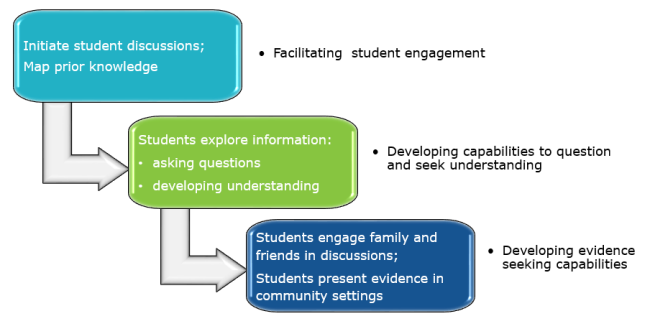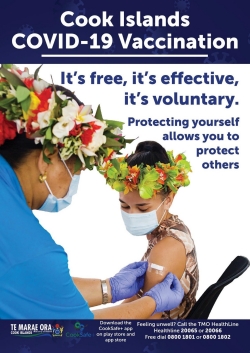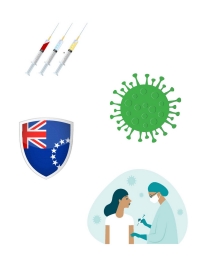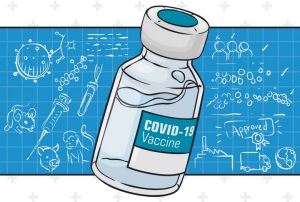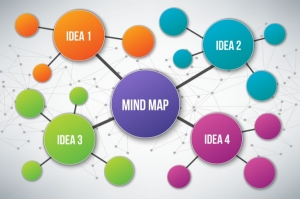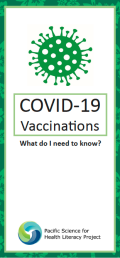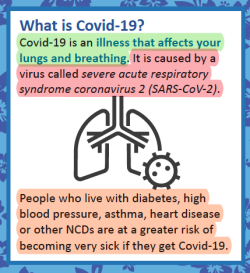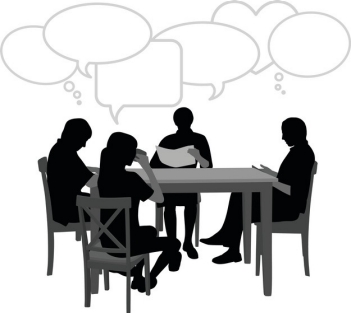The strategy facilitates learning that supports students to explore a socioscientific issue:
- Exploring students' knowledge: finding out what students know and what they would like to know.
- Asking questions and exploring evidence through intentional activities in the classroom.
- Taking student-led discussions into homes and the community.
The process of exploration and the development of understanding should be continuous throughout the learning journey.


